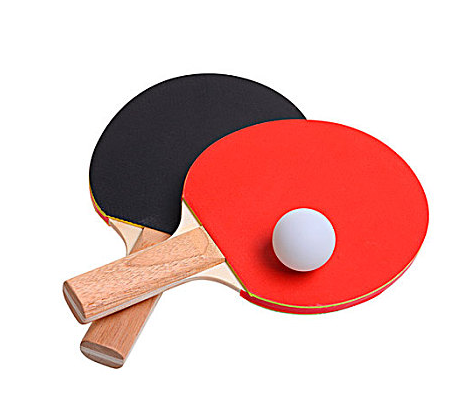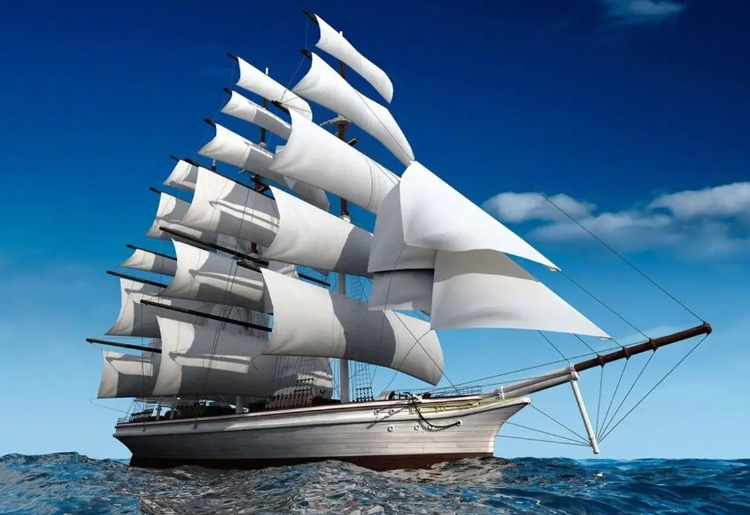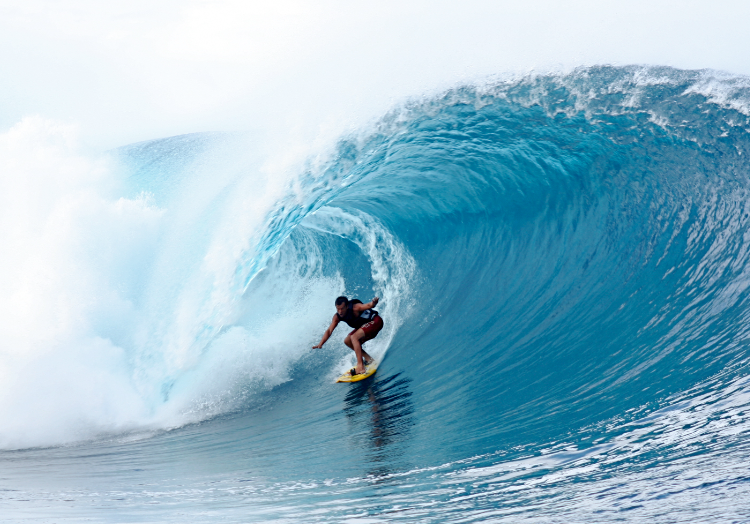The Olympic Games are in full swing in the summer. Cheering for the Olympic athletes has become the most fun existence in this summer. Of course, the eyes of the composite material people is a magnifying glass. See the composite materials on the two eyes to help you inventory the Olympic Games have what composite material figure!

Table Tennis
Just look at Wang Chuqin’s anxious look after his paddle was stepped on, we know how important a table tennis paddle is to a player. There are three main types of table tennis bats on the market today: wood, carbon and composite. The International Table Tennis Federation (ITF) has a rule that a table tennis blade should be made up of 85% natural wood and 15% other materials.
Professional bases have a wide range of structures: pure wood 5-clip, 7-clip 5-wood 2-carbon, 3-wood 2-carbon, 5-wood 2-aromatic, and so on. There are even more commonly used materials, such as ajusshi, hinoki, rimba, kokuto, etc. There are more than 20 kinds of materials. They are either soft, hard, rigid or flexible. These materials are used to provide support in the structure, to control the arc in the hold, and to destroy the opponent’s body when the ball is released.
Table tennis bats are made of different types of wood for different playing styles. China’s favorite hexagonal warrior, Ma Long, currently uses a Red Shuangxi Rampage. Malone has changed his backboards in his career. From the initial 5-layer pure wood to the current 7-layer carbon fiber. And every time he changed the baseboard, his performance has been revitalized to new heights.
German star Dako Jochik has used the Jerk Steel Super Generation Special racquet. The baseplate is Steel Super Generation Special Koumite topsheet + Ajusshi + Thin Carbon + Dyed Balsa Wood + Balsa Wood + Thick Carbon (middle layer). Balsa wood being a very lightweight wood. It feels very translucent in the hand, but has a slightly less powerful bottom. But with the aid of Steel Super 3-layer carbon it makes up for it. 8 wood 3 carbon structure is not bad for speed in the near table. Balsa wood is also found in the well-known racquets such as the Double Face, the Black Bomber, the Cayman, the Balsa Carbon, and the Galaxy T11.

Sailing
The Paris 2024 Olympic Sailing Competition takes place from July 28 to August 8, 2024 in the Port of Marseille. When it comes to the construction of sailing yachts, balsa core is indispensable. It has an extremely high strength/stiffness-to-weight ratio, excellent fatigue resistance and high impact resistance. Certified by DNV Lloyd’s Register, American Bureau of Shipping and Korea Classification Society, it is the ideal core material for the manufacture of ships’ sandwich structures.
And the Paris Olympics new windsurfing hydrofoil event program. Its hydrofoil sailboard is also the composite material big user. The key to hydrofoils is to be thin and light. Hydrofoil edges need to be more streamlined and sharp, the surface force will be more uniform, less resistance, and thus faster. Most modern hydrofoils use lightweight composite materials for their hulls. Lightweight modular hulls with the addition of hydrofoils. It is possible to lift the hull off the water to the maximum extent possible and travel at a rapid speed.
The thinnest point of the hydrofoil sailboard of the Olympic Games can reach 0.02 millimeters. The use of carbon fiber and other composite materials. Reducing the weight of the hull results in a great increase in speed.

Surfing
Surfing is also one of the competing events at the 2024 Paris Olympics. Composite materials have revolutionized the sport of surfing. It gives surfboards higher performance. This includes its versatility and durability. This gives athletes a better experience on the water and better results.
Initially, people used surfboards that were about 5 meters long and weighed 50 to 60 kilograms, which was very bulky. It also makes surfing
not reach the speed and passion that people pursue. Nowadays, surfboards are made of epoxy resin with a composite foam core, combined with fiberglass, carbon fiber or natural fibers. Compared with traditional materials such as wood, there are many advantages. It’s lighter and more resistant to construction, more resistant to impacts, knocks and scratches, and can withstand harsh weather and salt water. It is also easier and faster to maneuver due to the lighter weight of the board.





